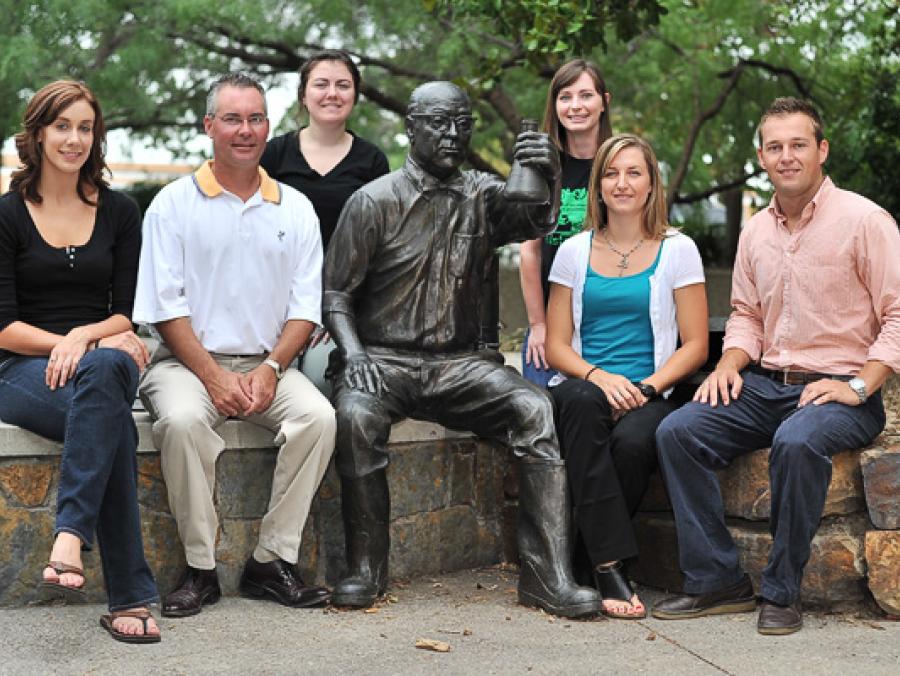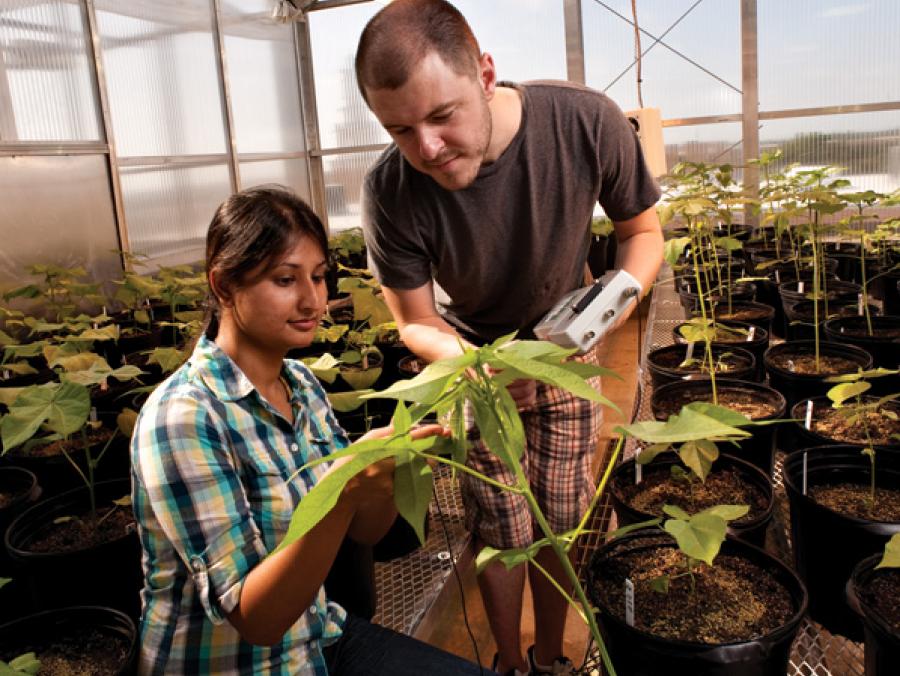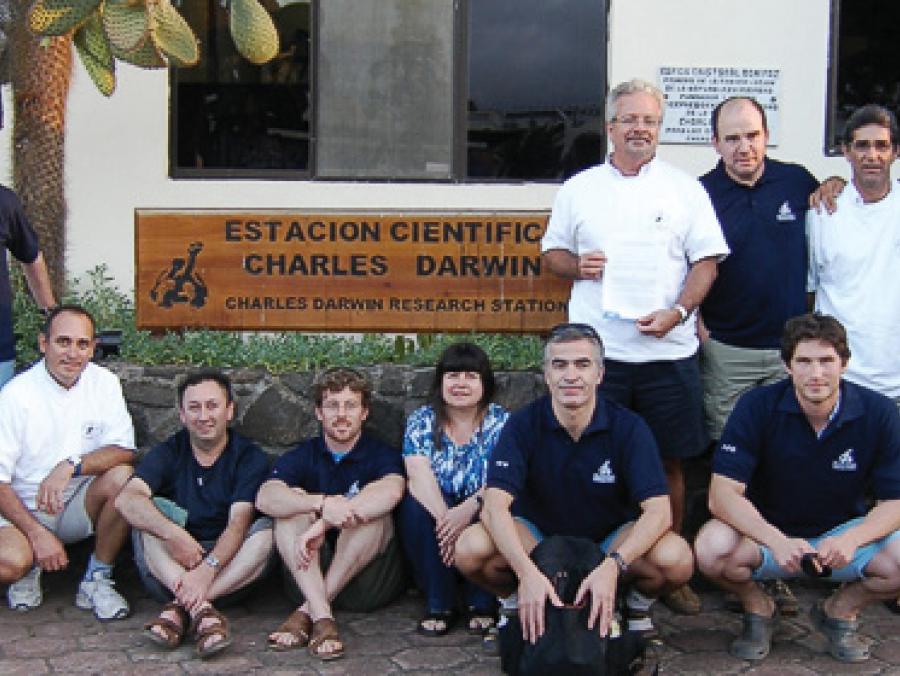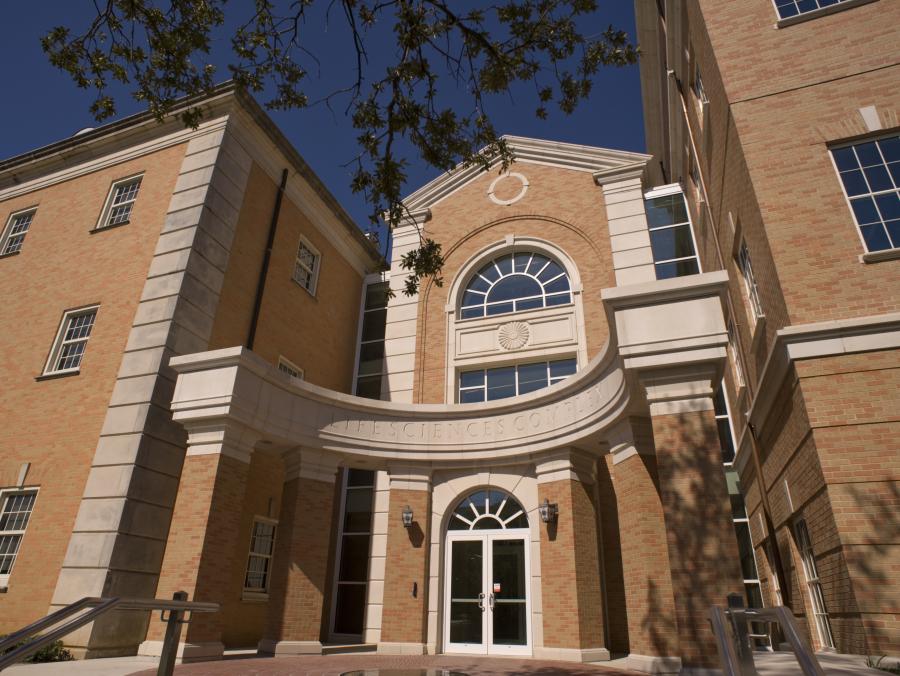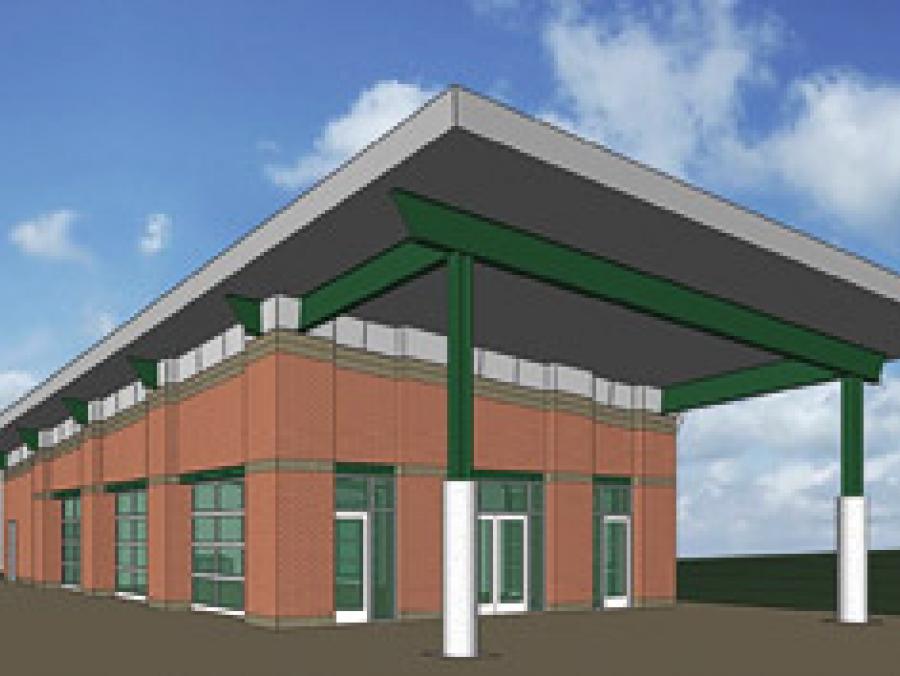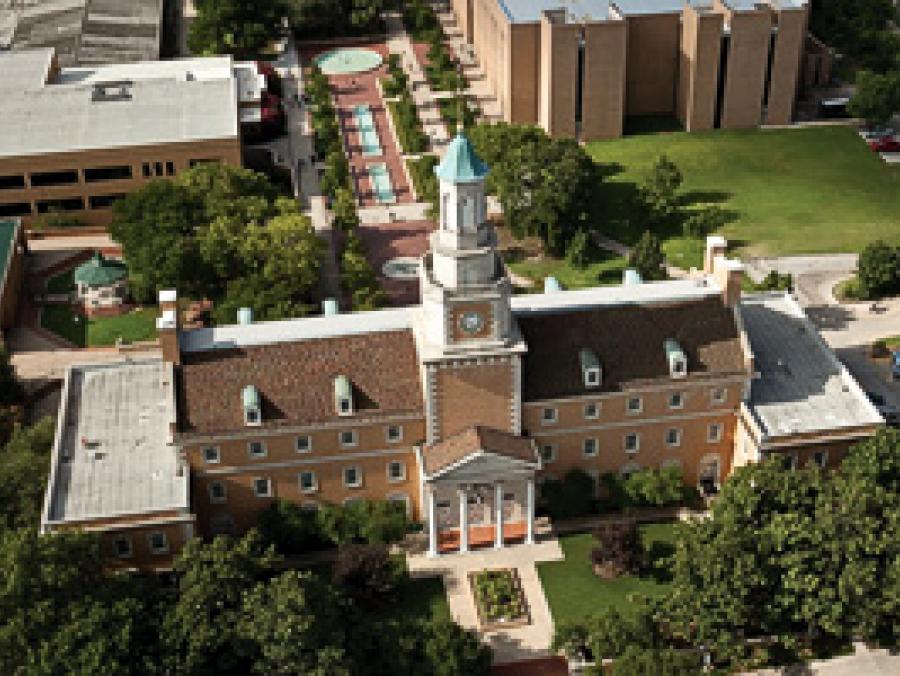Learn more
Students returning to campus this fall have the opportunity to learn about the life sciences in UNT’s newest state-of-the-art facility. The Life Sciences Complex, a $33.2 million structure, combines the existing classrooms and labs of the Biology Building with a new 87,000-square-foot building of additional research space that replaces Masters Hall, early home of the chemistry department.
The four-story complex continues UNT’s green legacy, which began in 1935 with the arrival of biologist J.K.G. Silvey, pioneering water quality researcher and UNT’s first research faculty member. Today, the new facility is expanding funded research programs in cardiovascular physiology, genetics, plant science and plant signaling.
Rooftop greenhouses

Four climate-controlled rooftop research greenhouses are designed for technologically advanced plant science research. UNT scientists are studying how to increase agricultural productivity, with far-reaching effects in energy, food supply, nutrition and medicine.
Eco-friendly features
The complex features north-facing labs that use natural light, a 20,000-gallon rainwater collection tank to water landscaping (built under river rocks), and cost-effective lighting and vent hoods that operate on occupancy sensors. The commitment to green is modeled by the UNT System and shared by the three system-member institutions. In addition to UNT’s Life Sciences Complex, new facilities are opening this fall at the UNT Health Science Center and UNT Dallas. All are on track to receive gold-level Leadership in Energy and Environmental Design (LEED) certification.
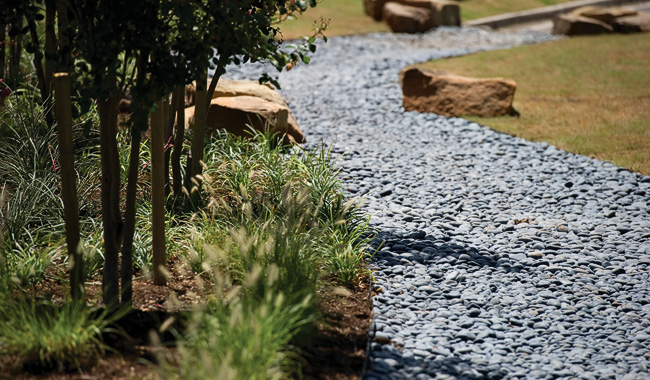
Open labs
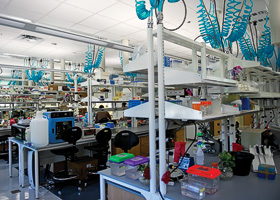 In support of UNT’s multidisciplinary research goals, the new complex features an open research lab concept promoting greater collaboration — and greater discovery. A new aquatic lab will support current projects and attract additional top-level researchers to study health issues from blood clots and oxygen deprivation to aging, diabetes and cancer. The lab will house more than 2,500 tanks and tens of thousands of saltwater and freshwater fish — making the facility the largest among aquatic university labs in the nation.
In support of UNT’s multidisciplinary research goals, the new complex features an open research lab concept promoting greater collaboration — and greater discovery. A new aquatic lab will support current projects and attract additional top-level researchers to study health issues from blood clots and oxygen deprivation to aging, diabetes and cancer. The lab will house more than 2,500 tanks and tens of thousands of saltwater and freshwater fish — making the facility the largest among aquatic university labs in the nation.




